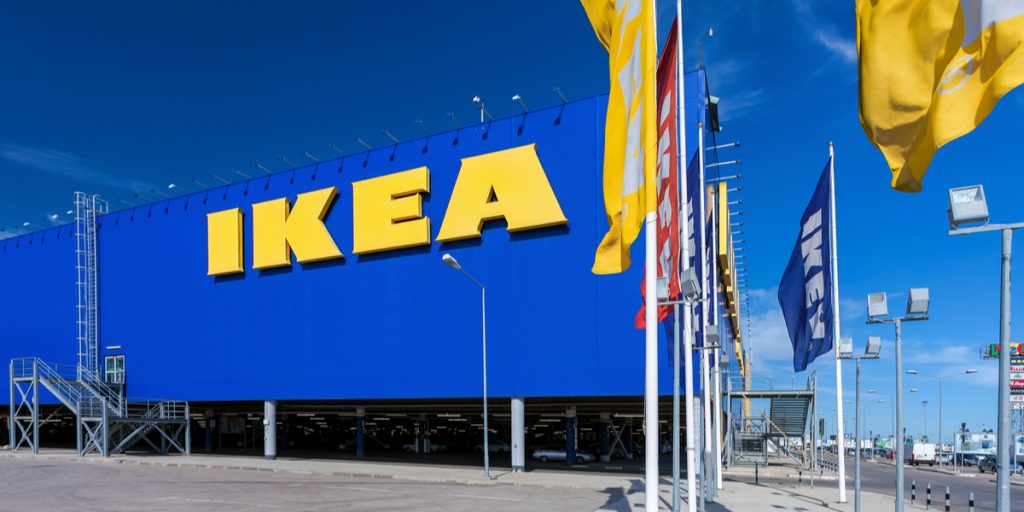3 ways IKEA tries to deceive you according to former employee.
Others are reading now
IKEA, the renowned furniture giant, is known for its sprawling stores and affordable products. However, a former IKEA employee has shed light on some of the company’s tactics that may be designed to subtly influence customer behavior and spending.
According to DenOffentlige.dk, Johan Stenebo, a former executive for the brand, shared these insights on the program “IKEA: How Do They Really Do It?”
The Yellow Bags
According to Stenebo, the journey of consumer encouragement begins the moment you step into the store, starting with the iconic yellow bags. He explains that grabbing one of these bags psychologically prepares you to spend, as placing an item in the bag as soon as you enter the store tends to lead to more purchases.
IKEA’s strategy includes offering ‘breathtaking items’ – products priced so low, sometimes at a loss, to create an impression of overall low prices at IKEA.
Also read
Store Layout
The layout of IKEA stores is another crucial aspect of their strategy. Different areas are designed to replicate rooms in a house, such as living rooms, kitchens, bedrooms, and bathrooms, often complete with various IKEA gadgets.
This setup makes it easy for customers to imagine living in those spaces, leading them to find items that appeal to their taste, often items they didn’t initially plan to buy. The store’s pathway is deliberately designed with no long straight aisles, leading customers through the entire warehouse and exposing them to a variety of products.
The Meatballs
The signature meatballs, a staple of any IKEA visit, also play a significant role. IKEA sells billions of meatballs each year, contributing to the overall ‘experience’ of shopping.
The idea is to encourage customers to take a break with some meatballs and free coffee, giving them time to reconsider their choices and potentially identify additional needs for their homes, leading to more purchases.
These tactics, as revealed by Stenebo, highlight IKEA’s sophisticated approach to retail, aiming to maximize customer engagement and spending in their stores.


